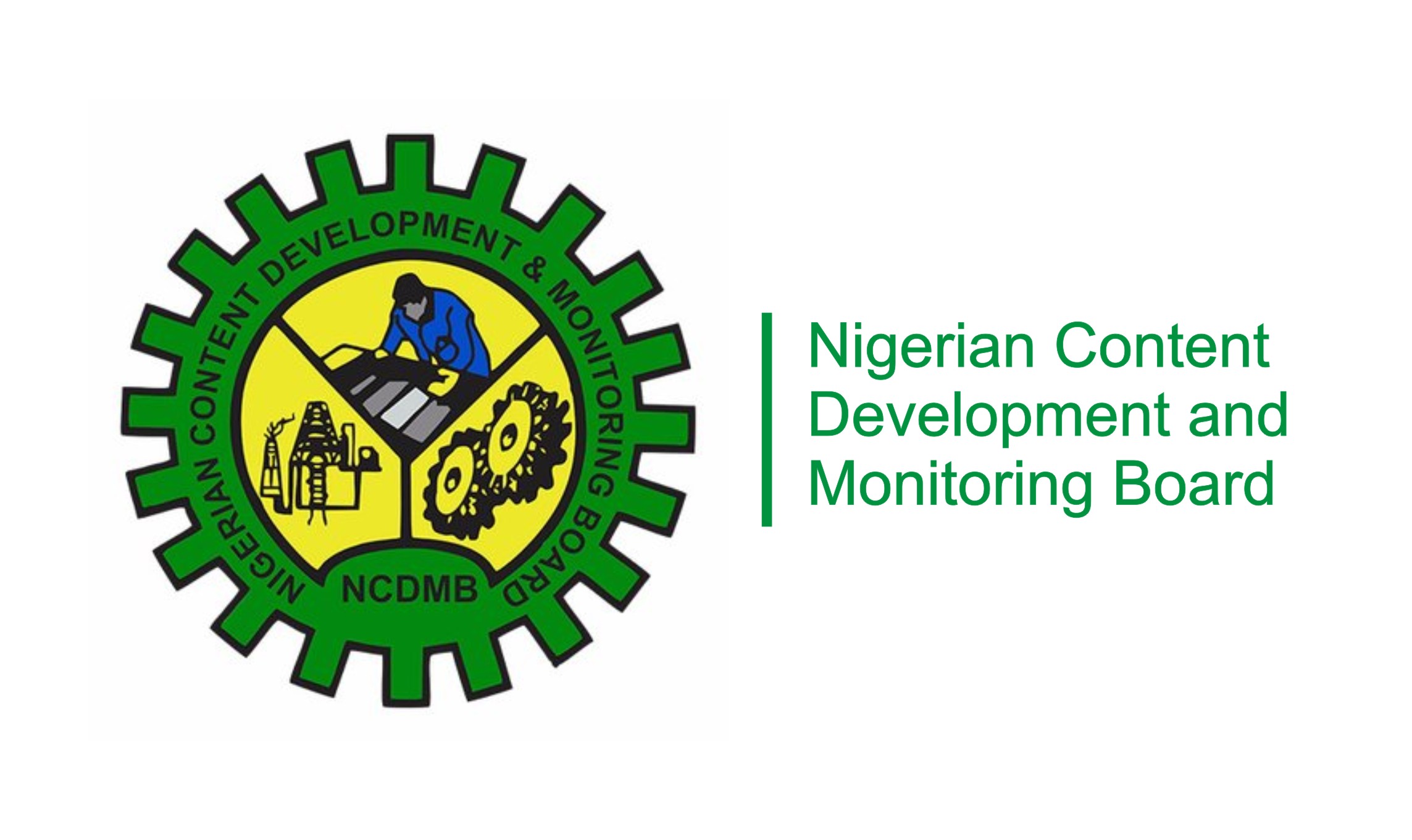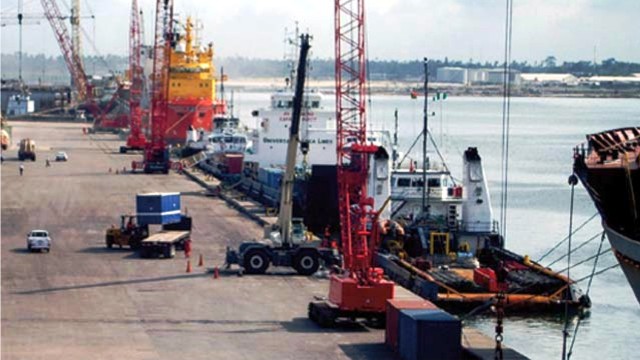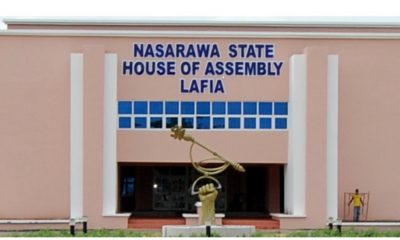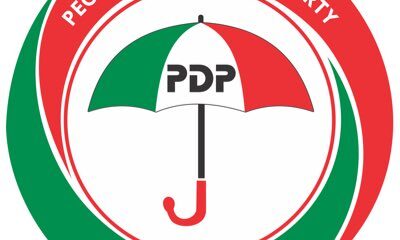Business
Evolution Of Information Systems
Before the 1960s, infor
mation systems were predominantly basic. The available programme served the following purposes: electronic data processing (EDP) functions as transactions processing, accounting and record-keeping. EDP refers to the use of computer systems in recording, classification, manipulation, and summarising of data. EDP is synonymous with transaction processing systems (TPS), information processing or automatic data processing. These process data from business transactions facilitate the updating operational databases, and generating business documents. Good examples include accounting systems and sales and inventory processing.
In the 1960s, computers received an additional role: data processing to useful informative reports. This introduced the management information systems (MIS) concept. This new role sought to develop business applications which offered managerial end users predefined management reports that supplied managers with relevant information for decision-making. Management information systems are a source of information represented in form of reports and displays utilized in business decision making. These include sales analysis, cost trend reporting systems, and production performance.
By the 1970s, the pre-defined management reports no longer seemed adequate in supporting various decision-making needs by management. As a means of satisfying these needs, decision support systems (DSS) emerged as a new information management system. These new information systems serve to provide various managerial end users with both ad hoc and interactive support systems for their decision-making processes. Generally, decision support systems offer interactive ad hoc support for managerial decision-making processes. Examples of these include product pricing, risk analysis systems, and profitability forecasting.
In the 1980s, microcomputers were first introduced into the workplace, with a profound impact on organisations. There was rapid development of microcomputer processing power, application software packages (such as Microsoft Office), as well as telecommunication networks. This resulted in the new end user computing phenomenon. End users were able to use their own computing resources in the day-to-day job needs, thus eliminating their reliance on indirect support of centralized organisational information services department. However, it was realised that majority of senior executives did not use directly the MIS reports or the analytical modelling capabilities of the DSS. This inspired the introduction of the executive information systems (EIS) concept that provide critical information from existing MIS, DSS and other sources to meet information needs of senior executives.
At the same time, there were significant breakthroughs in the development and use of artificial intelligence (AI) methods to business information systems. The reducing need for physical human intervention led to the freeing up of knowledge workers to attend to more complex tasks. Expert systems (ES) together with knowledge management systems (KMS) brought about the new role for traditional information systems. ES could now serve as consultants to users through the provision of expert advice in particular subject areas. Today, ES or KMS serve as expert advisers and consultants to users. They include credit application advisor, maintenance diagnostic systems, and process monitor. KMS are crucial in supporting the creation, organisation and relaying of business knowledge in the organization
In the period between the mid and late 1990s, there was a revolutionary development of enterprise resource planning (ERP) systems. This is an organisation-specific form of strategic information system. It incorporates the various departments of a firm from operations to accounting to human resources among others. The main strength of these ERP systems is that they have a common interface for the different computer-based organizational tasks and their precise integration and data sharing required for efficient strategic decision making.
MIS to e-Commerce
The exponential development of the Internet and other interlinked global networks during the 1990s significantly improved the ability of information systems in the workplace. As a result, web-enabled and Internet-based enterprise, commerce systems and global electronic business have become commonplace in today’s business enterprises.
Present information systems still undertake the same basic functions they did over half a century ago. These include processing of transactions, record-keeping, provision of useful and informative data to management, and provision of support to processes and accounting systems of the organisation. Nonetheless, there is a significant change in the form of greater ability of information systems to integrate various system functions across different applications and greater connectivity across similar and differentiated system components. Today’s management systems also provide organisations with the ability to relocate such critical computing tasks as processing, data storage, and presentation that enable taking of advantage of the existing and potential strategic and business opportunities.
The continued technological innovation promises increased development in the capabilities of information systems as focus turns on how to increase the speed and coverage of the systems. There is therefore the potential for increased integration and greater flexibility in the future. The Internet, its related technologies and support applications, have significantly evolved the manner in which organizations function and people work. It also impacts the way information systems provide support to business processes, managerial decision-making and create competitive advantage. Businesses are increasingly taking advantage of Internet technologies by web-enabling their business processes and creating innovative e-business applications. Today, e-business refers to the utilisation of various Internet technologies in the workplace and business processes and engaging with customers and other business stakeholders.
The internet and Internet-like networks (intranet and extranet) are now the primary IT infrastructure providing support to various commercial applications in many companies. Most businesses are now dependent on various e-business applications in re-engineering their internal business processes, implementing electronic commerce systems with customers and other stakeholders, and promoting enterprise collaboration among different business teams and workgroups.
Modern decision-making Information systems support various management decision-making at different levels of management. These include tactical management, strategic management, and operational management.
Strategic management relates to the typical roles of the board of directors and the executive committee consisting CEOs and top executives. This refers to development of the overall corporate goals, policies, strategies, and objectives, which comprise strategic planning process. Also, it relates to monitoring of the strategic performance of the business and its overall trajectory in the economic, political and competitive business environment.
Tactical management – Increasingly, business professionals both in self-directed teams and business unit managers are developing short- to medium-range plans, budgets, and schedules. The plans contain specified policies, procedures and business goals and objectives for the different subunits of the organization. There is also allocation of resources and monitoring of performance of the organisational sub-units
Operational management – Operating managers and members of various self-directed teams are increasingly developing such short range plans as weekly production schedules. These are useful in directing the use of resources among different sub-units as well as the execution of tasks following established procedures, budgets and schedules.
Information systems that enhance the value of information include data warehouse, data mining, and online analytical processing.
Data warehouse (DW) – It is used for storing data extracted from various operational databases, external databases and other databases. Thus, it is therefore a central source of corporate data that has undergone cleaning, transformation and cataloguing for use by management and other business professionals. This data is used at the crucial step of data mining, analytical processing, market research and key decision support.
Data mining (DM) – Data retrieved from DW databases as well as static data are extracted for business processes. The extracted data aids in identifying hidden patterns and trends in historical business activity; making it an important tool for decision-making within an organization. The strategies that management generates are what enable them to gain a competitive edge as well as improve their business performance..
Online Analytical
Processing (OLAP)
OLAP enables managers and analysts to examine interactively, and manipulate, large amounts of detailed and consolidated data from many angles. It involves analyzing complex relationships within data items that are stored in data marts, DW and other multi-dimensional databases. An OLAP session takes place online in real time, with rapid responses to a manager’s or analyst’s queries, so that their analytical or decision-making process is not delayed.
Wori is a US-based Systems Analyst
Okeh Wori
Business
NCDMB, Dangote Refinery Unveil JTC On Deepening Local Content

Business
Industry Leaders Defend Local Content, … Rally Behind NCDMB

Business
Replace Nipa Palms With Mangroove In Ogoni, Group Urges FG, HYPREP

-

 Business14 hours ago
Business14 hours agoIndustry Leaders Defend Local Content, … Rally Behind NCDMB
-

 Politics11 hours ago
Politics11 hours agoNasarawa Speaker Advocates Conducive Executive/Legislature Relations
-
Niger Delta13 hours ago
Delta Leverages On Extensive River Networks To Drive Blue Economy
-
News12 hours ago
FG Renames University of Maiduguri After Buhari …As Tinubu Pours Encomiums On Late President
-
News14 hours ago
PCRC Dismisses Claims Of Police Strike As Fake, Mischievous
-

 News10 hours ago
News10 hours agoRivers PDP Debunks Sale Of LGA Election Forms
-
Niger Delta13 hours ago
Bishop Mocks Fake Prophecy Seekers … As Priests Relive Challenges At Ordination Ceremony
-
Rivers16 hours ago
Macobarb CEO Cries Out, Says No Indigenous Contractor Can Win Case Against NLNG Or Oil Majors in Nigerian Courts …As Justice Nwogu Throws Out Macobarb’s N5.74bn Claim

